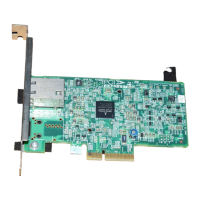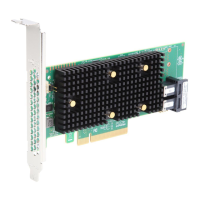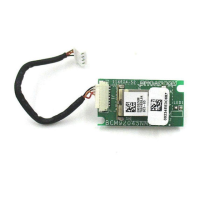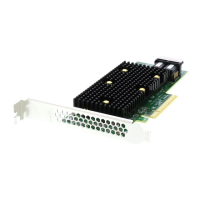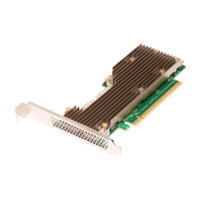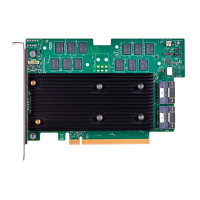Broadcom NetXtreme Ethernet Adapter • Diagnostic User’s Guide
page 62
Broadcom Confidential and Proprietary
39. Hide MBA Setup Prompt {Disable(0), Enable(1)}: Disabled
40. MBA Setup Hot Key {Ctrl-S(0), Ctrl-B(1)} : 0
41. Capacitive Coupling (5705 only)
{Disable(0), Enable(1)} : Disabled
42. SERDES TX Drvr Pre-Emp - Primary (5704 only) : 0
43. SERDES TX Drvr Pre-Emp - Second (5704 only) : 0
44. SERDES TX Drvr Pre-Emp - ENABLE (5704 only)
{Disable(0), Enable(1)} : Disabled
46. Encoded Hot Plug Power Value 1 & 2 For NIC : 00000000
47. Encoded Hot Plug Power Value 3 & 4 For NIC : 00000000
48. Encoded Hot Plug Power Value 5 & 6 For NIC : 00000000
49. Encoded Hot Plug Power Value 7 & 8 For NIC : 00000000
50. Hot Plug Power {Disable(0), Enable(1)} : Disabled
51. Pri. Port SMB Address (ASF/IPMI) : A4
52. Sec. Port SMB Address (IPMI) : A6
53. Cable Sense/Low Power Energy Detect {Disable(0), Enable(1)} : Disabled
54. GPIO 0 Config {Input(0), Output Hi(1),
Output Lo(2)} : Input
55. GPIO 2 Config {Input(0), Output Hi(1),
Output Lo(2)} : Input
56. L1ASPM Debounce En {Disable(0), Enable(1)} : Disabled
57. Link Aware Mode {Disable(0), Enable(1)} : Enabled
58. Link Speed Power {Disable(0), Enable(1)} : Enabled
59. Link Idle Mode {Disable(0), Enable(1)} : Enabled
60. NCSI pkg ID assign method {GPIO(0), NVRAM(1)}: GPIO
61. NCSI pkg ID assign value : 0
62. NCSI BMC connection method {RMII(0),SMBus(1)}: RMII
63. NCSI SMBus Speed {100(0), 400(1)Khz} : 100Khz
64. NCSI NC SMBus Slave Address : 00
65. NCSI BMC SMBus Slave Address : 00
66. MSI_X Vectors {17 Vectors(0), 5 Vectors(1)} : 17
68. PCIe Tx de-emphasis setting
{ 0 dB(0), -3.5 dB(1), -6 dB(2), rsv(3) } : -3.5 dB
69. Force Expansion ROM Advertisement {Disable(0), Enable(1) : Disabled
75. ECC Error Reset Enable {Disable(0), Enable(1)} : Disabled
81. EEE Mode { Disable(0), Enable(1) : Disabled
Enter your choice (option=paramter/save/cancel) ->
To enter the ‘secfg’ menu shown above, a user can type in ‘secfg’ at the diagnostics
command line. A menu is present to the user showing the ‘secfg’ options shown above.
A user can change the ‘secfg’ parameter by entering the option number, followed by and
equal sign, and then followed by the parameter selected. To enable ASF (option 24) a user
would enter “24=1” at the diagnostics ‘secfg’ command line, which would look like the
following:
“Enter your choice (option=paramter/save/cancel) -> 24=1”.
A user can enter “save” to save the results or “cancel” to cancel and exit.
2. Modify NVRAM configurations at the command line.
A user can modify a specific configuration at the command line by entering the following
command:
0:> secfg 24=1
Multiple of configurations can be modified at the same time as below:
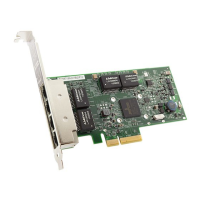
